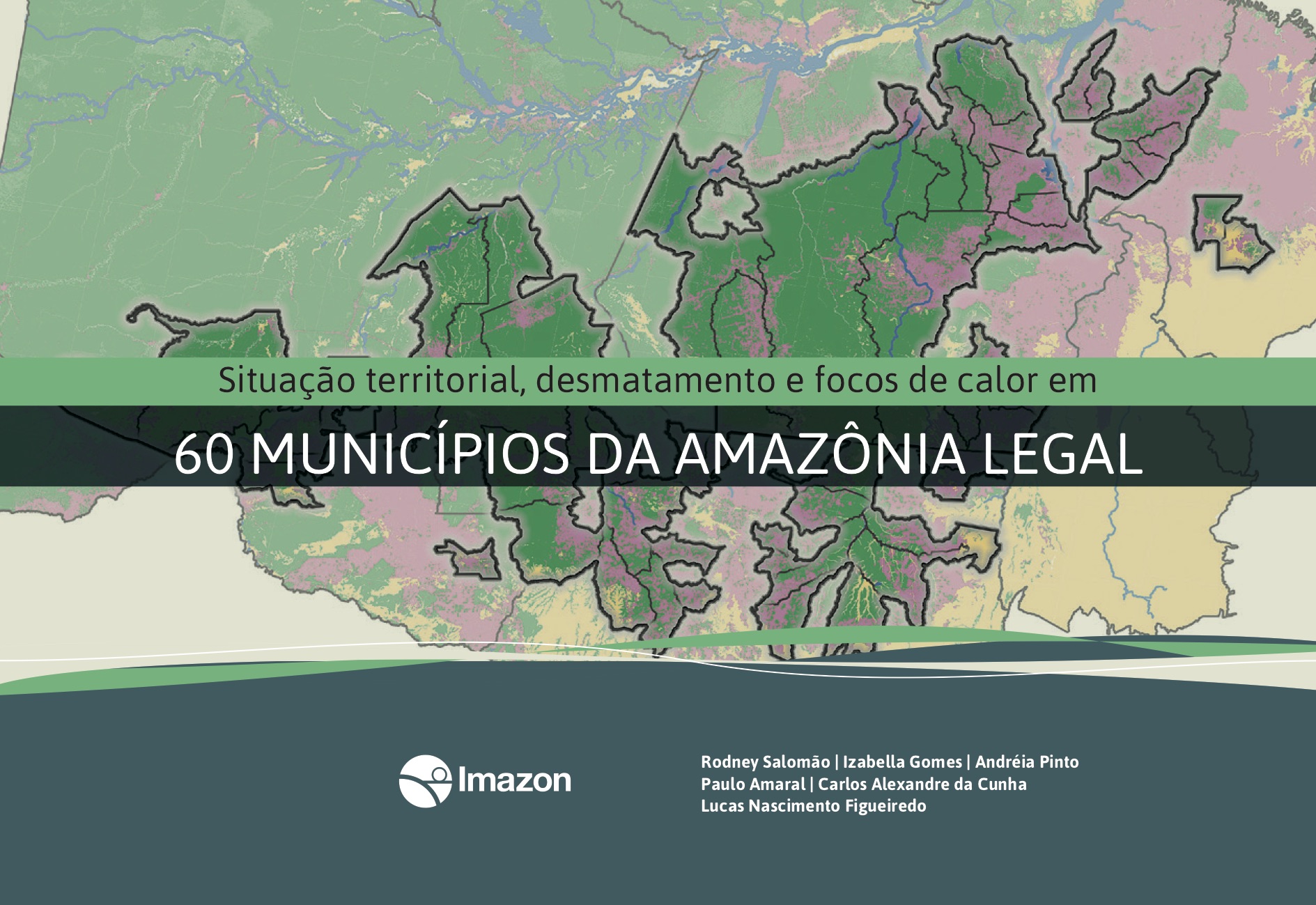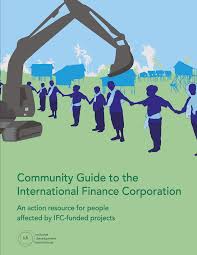Perspectives on agriculturally used drained peat soils: Comparison of the socioeconomic and ecological business environments of six European regions
In Northern, Eastern and Central European countries, peat soils drained for agriculture are a considerable source of greenhouse gas emissions. Since emissions from this source have high mitigation potential, they will likely be a focus of the European Union’s future climate goals. We describe and compare the similarities and differences in the socioeconomic and ecological business environment that policy makers, planners and farmers are confronted with when developing tailored proposals for low emission land use alternatives on peat land.
Working on the boundaries—How do science use and interpret the nature-based solution concept?
Nature-based solutions (NBS) is the latest contribution to the green concept family. NBS is defined as actions based in nature addressing societal challenges. In this study, we lean on the concept boundary object, broken down into three analytical categories: use, core ideas and granularities, to explore the cohesive and fragmenting powers of the NBS concept, and discuss its future role in green space governance. The study is based on a structured, qualitative review of 112 scientific peer-reviewed publications that use the term NBS.
Transparency and Environmental Sustainability Guidelines in Land Administration in Nigeria
The Land Use Act of Nigeria, first enacted in 1978 was intended to simplify and standardise land administration systems across the country. It vested the authority to plan, assign and approve certificates of land ownership in the state governors, and all non-urban land in the local governments.
Community Guide to the International Finance Corporation: An action resource for people affected by IFC-funded projects
This guide is written for communities who face negative impacts from IFC-supported projects. It explains what the IFC is and how it provides financial and other support to businesses, including intermediary banks and funds. The guide explains what the IFC Environmental and Social Performance Standards are and who is responsible for implementing them and making sure they are respected on the ground.
Rapport sur l'état de l'environnement au Sénégal
Dans cette quatrième édition dont le thème principal est Améliorer la conscience environnementale pour une gestion durable des ressources naturelles au Sénégal, un accent particulier a été mis sur la gouvernance climatique, notamment en ce qui concerne les modalités de la contribution du PSE dans son amélioration, ainsi que la mise en oeuvre des contributions déterminées au niveau national (CDN) et de l’agenda 2030 des objectifs de Développement durable (ODD). Le cadre utilisé pour évaluer l’état de l’environnement au Sénégal est dénommé DPSIR .
Q&A: helping communities protect their land rights
A paper from the Agricultural Policy Research on Africa (APRA) programme in Zimbabwe supported by a DFID grant to IDS;Sussex. Explores the intersecting factors that have shifted pathways of commercialisation;mostly of tobacco and maize;in Mvurwi area in northern Mazowe district;Zimbabwe;since 1890. Looks at five periods;starting with early colonisation by white settlers;then examines the consolidation of ‘European agriculturefollowing World War II;before investigating the liberation war era from the mid-1970s.
Soil: the great connector of our lives now and beyond COVID-19
Humanity depends on the existence of healthy soils, both for the production of food and for ensuring a healthy, biodiverse environment, among other functions. COVID-19 is threatening food availability in many places of the world due to the disruption of food chains, lack of workforce, closed borders and national lockdowns. As a consequence, more emphasis is being placed on local food production, which may lead to more intensive cultivation of vulnerable areas and to soil degradation.
Actions to Transform Food Systems Under Climate Change
Our food systems are failing us. This is the overarching message from the wealth of literature on food systems.1 Analysis by Bene
Socio-Technical Innovation Bundles for Agri-Food Systems Transformation
Technological and institutional innovations in agri-food systems (AFSs) over the past century have brought dramatic advances in human well-being worldwide. Yet these gains increasingly appear unsustainable due to massive, adverse spillover effects on climate, natural environment, public health and nutrition, and social justice. How can humanity innovate further to bring about AFS transformations that can sustain and expand past progress, while making them healthier for all people and for the planet that must sustain current and future generations?
Benefits from the adoption of genetically engineered innovations in the Ugandan banana and cassava sectors: an ex ante analysis
The Government of Uganda has implemented programs and policies to improve the agricultural sector’s recent underperformance. Uganda’s two main food security crops, bananas and cassava, have been critically affected by two diseases: Banana Xanthomonas Wilt (BXW) and Cassava Brown Streak Disease (CBSD). The effectiveness of agronomic and cultural practices to control these diseases has been limited, requiring better alternatives. The Ugandan R&D sector in collaboration with international partners have developed genetically engineered innovations that can control both diseases.








